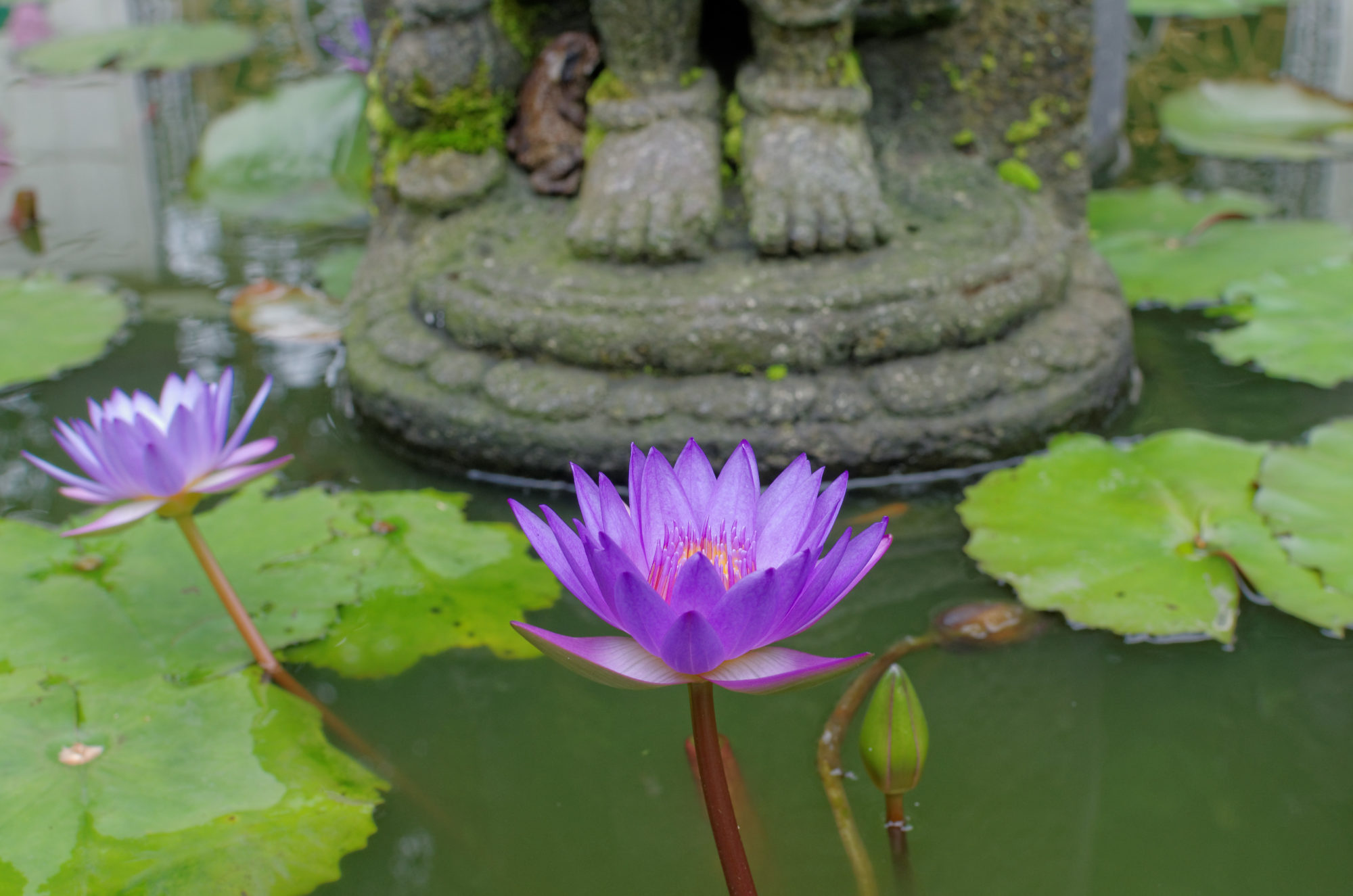
This module engages the Pure Land lineages of East Asian Buddhism, with a focus on how this “imagined” paradise impacts “actual” political and economic conditions. The majority of our readings explore the use of Pure Land imagery in Meiji and post-Meiji Japanese political thought as a means toward the radical transformation of the existing socio-political order. We contextualize these studies both in terms of the history of the buddha-field concept as a cosmological theory of world-creation in Mahāyāna thought, as well as in terms of Ruist (Confucian) political influences on Buddhist practice in East Asia overall. In particular, certain Ruist conceptions of the relationship between mental cultivation, moral excellence, and political health prove instructive for discussing how Buddhists hailing from a Ruist culture might understand the activity of imagination. Our goal is to critically assess the assumed distinction between the imagined and the real, not only to better appreciate the radical vision of various Japanese political thinkers but also to deepen our engagement with the transformative power of the imagination as a topic of philosophical inquiry today.

Buddhist visions of the cosmos serve diverse functions in remarkably varied circumstances, from quotidian life to esoteric meditations. Having an imagined view of the world helps structure thought, give purpose to activity, and provide opportunities for re-imagining the world in specific, productive ways. This presentation will examine descriptions and depictions of the physical world in several contexts to illustrate how re-creating the world can change its meaning, provide intellectual and moral lessons, and promote opportunities for fundamental transformation. Subjects will include Vasubandhu’s scholastic cosmology and philosophy, Tantric meditations that imagine dissolving and re-creating the world to effect transformation, offering rituals that build models of the cosmos, and the ways in which Mahayana Buddhists envision a transformed world as an ultimate sign of accomplishment.

For over a thousand years, Buddhist art traditions of the Himalayas have developed a variety of ways to depict the visionary worlds described in its texts and experienced by its practitioners. From geometric mandalas to lineage trees and dimensional protrusions, this section studies the wide array of visual strategies mastered by Himalayan painters in their ambitious quest accurately to translate transcendent perceptions – and textual formulae – into tangible form. During our time, we will explore actual examples of each visual strategy as represented in the collection of the Asian Art Museum of San Francisco. Using these artworks, we will certainly decode the iconography using all the contextual knowledge at our disposal. Beyond this art historical sine qua non, however, we will focus more specifically on how each artwork “works” visually to articulate and meditatively to realize a self-contained contemplative cosmos. Below are five paintings we will examine; they can be found on asianart.org by accession number (B60D22+, B60D37, B60D13+, B63D1, B85D2 in order)


My current work draws on Mahayana cosmology and Buddhist rituals to construct a theory of cinematic experience as the self-conscious and knowing inhabitation of imaginal worlds as if they are real. Whereas Western film philosophy struggles with this “paradox of fiction” and its putative specter of irrationality, I believe that Buddhist visualization and image practices provide a fuller and more appreciative account of the human ability to occupy what recent ritual theorists have called the subjunctive “as if” world. Buddhist rituals cultivate this ability for the purpose of liberation and have used visual art and artifice as aids. Although not every movie has an overt religious or spiritual message, the phenomenology of cinema as a whole—in constructing subjunctive worlds—has religious significance of the Buddhist kind. A particularly important aspect of cinema that is relevant to Buddhist thought and practice is its overtness and even self-reflexivity about its fictional but compelling nature.

The Glorious Copper-Colored Mountain (Tib. zangs mdog dpal ri) is the pure land of Padmasambhava, the eighth-century master revered by Tibetans as “the Second Buddha.” In most of the hagiographic accounts of his life, after coming from India and transforming the barbaric land of Tibet into a Buddhist domain, Padmasambhava is said to have departed to continue his missionary activities in a new location, the southwestern island called Ngayab (rnga yab gling) where he resides to this day as the enlightened ruler of a tantric Buddhist pure land. While many Tibetans aspire to be reborn at the Copper-Colored Mountain in a future life, a special class of practitioners known as treasure-revealers, who are identified as rebirths of Padmasambhava’s eighth-century Tibetan disciples, have recorded accounts of visionary journeys taken to the mountain within their present lives. Beginning with the seminal depictions of the Copper-Colored Mountain found in the autobiographies of Guru Chöwang (gu ru chos dbang, 1212–1270) and culminating in the extraordinarily detailed journey recorded in the biography of Chokgyur Lingpa (mchog ‘gyur gling pa, 1829-1870), this presentation will sketch the six-hundred year cultural history of an imagined world through dozens of visionary journeys. Along the way, we will examine the relationship between imagination and reality, distinctions between dreams and visions, and Tibetan literary forms of visionary autobiography.

